Reportar esta entrada
Más sobre la misma comunidad-colección
Mural Pintado en una torre de agua
This water tower is in the parking lot of a shopping center at ...
Near Alcala - looking towards Mexico
Good view of the mountains, but no idea what range or what the ...
Foothills - edge of the river valley
This picture was taken between Alcala and Tornillo. I-10 is ...
Cotton field and irrigation canal between Alcala and Tornillo
Think this is a different irrigation district from El Paso or ...
Irrigation canal looking towards Tornillo
Looking upstream. The canal runs along Route 20, which is also ...
Mature pecan trees near Tornillo - El Paso, Texas
Casual shot of the trees, which are all in rows.
Looking down hill from the skating park in Tornillo
Just a glimpse of some of the houses here. The fire department ...

















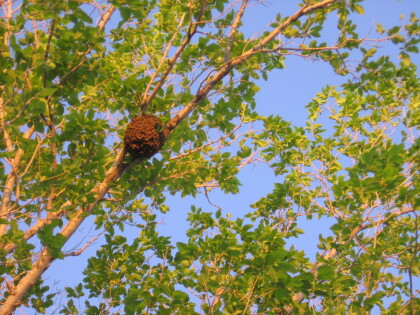

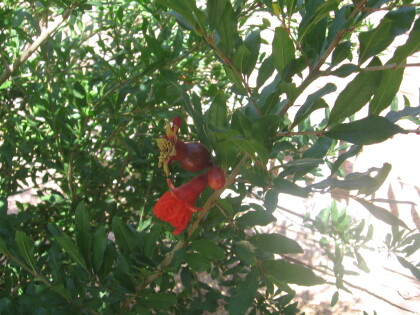
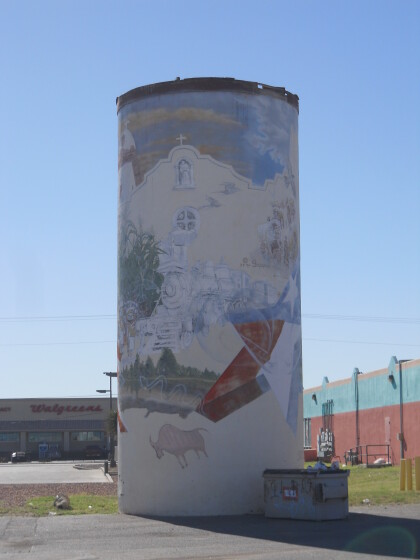
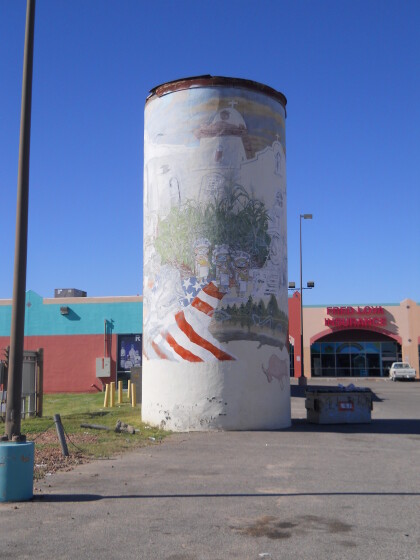
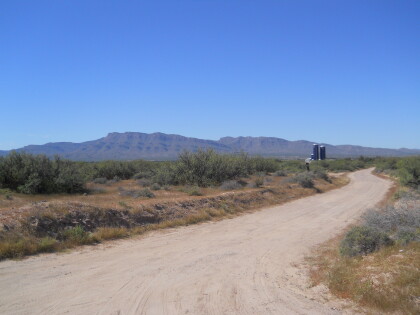
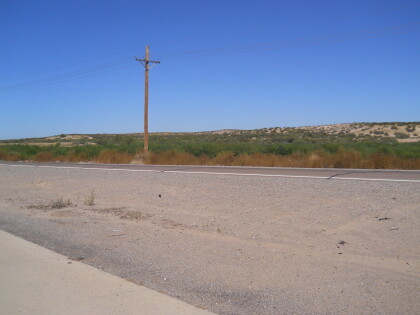
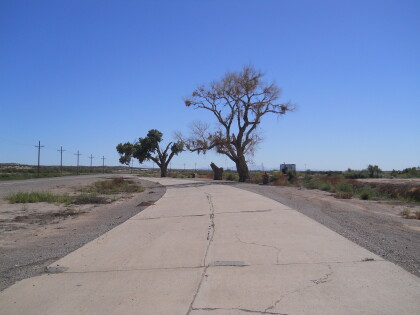
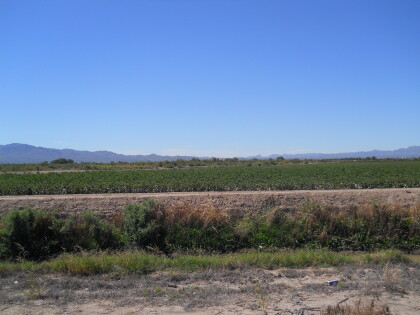
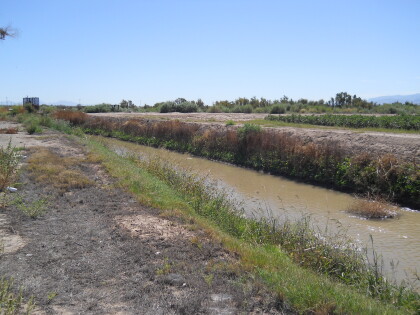
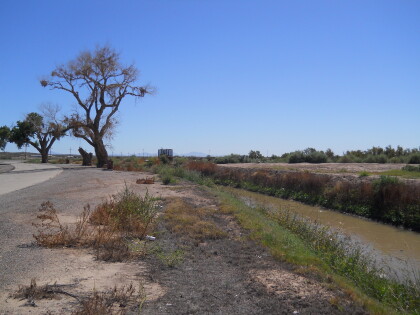
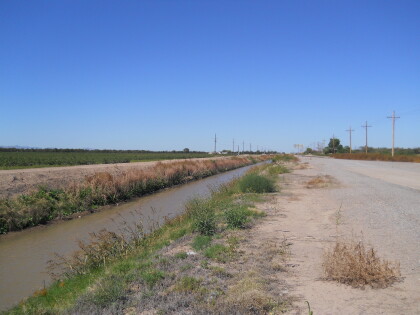
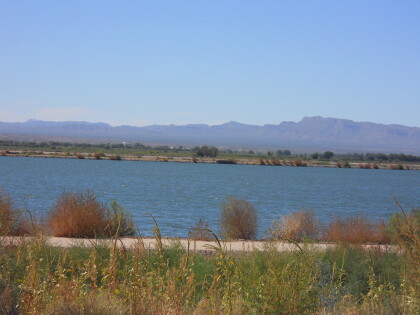
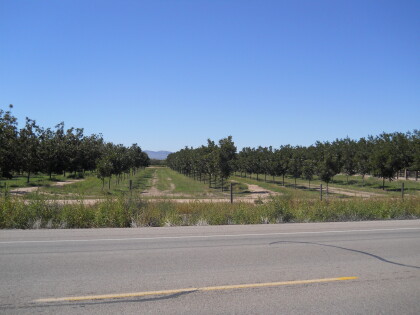
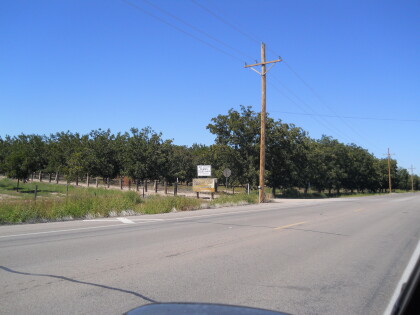
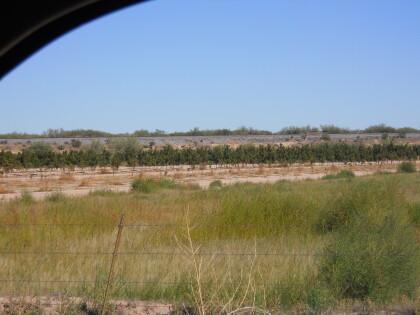
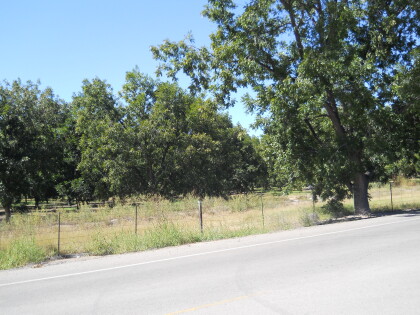
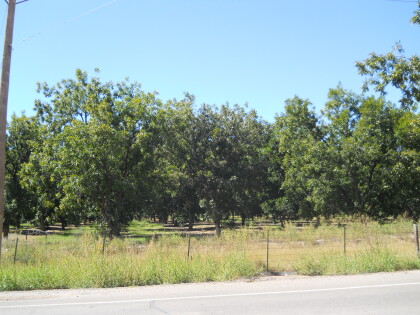
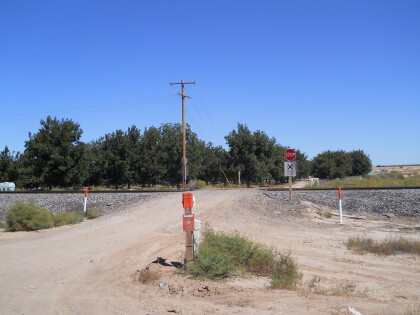

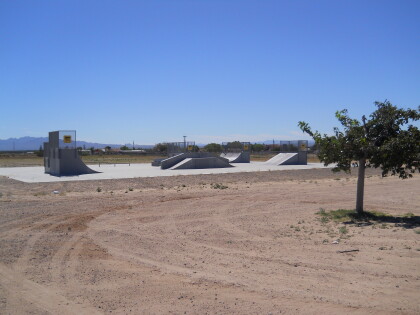
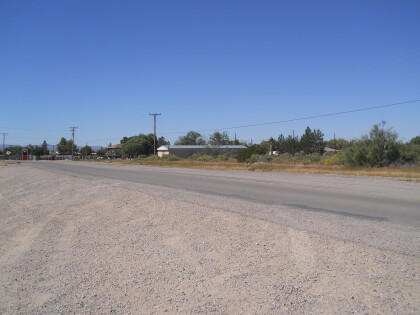
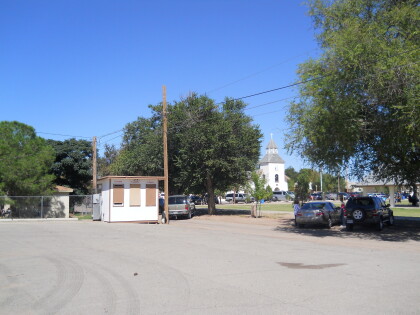
Comentarios
Hacer un comentario